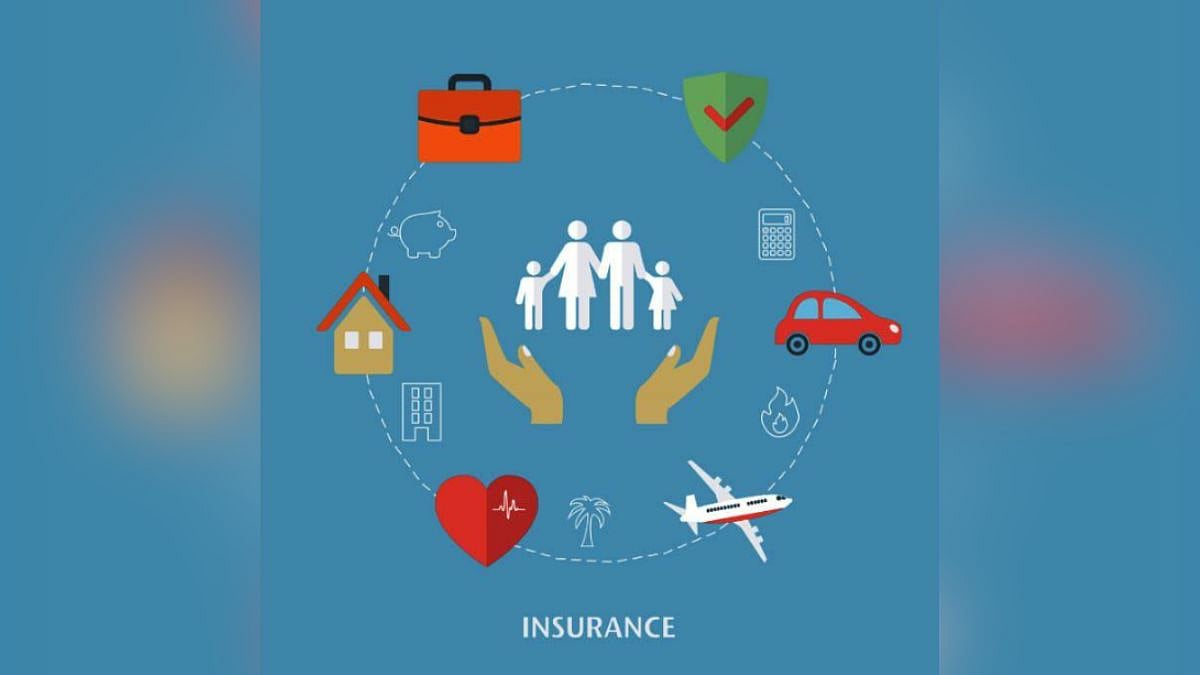Whether you want to see iconic sites, get together with relatives, attend a business conference, or experience different cultures across states, planning a vacation to the United States is frequently a dream come true. However, in the excitement of scheduling flights, making itineraries, and reserving lodging, many tourists frequently forget to consider their health and safety when traveling. There is always a degree of uncertainty while traveling overseas, particularly in the event of mishaps, sickness, or last-minute changes to plans. Even a small incident might result in enormous fees that could ruin your entire vacation and budget in a place like the USA, where medical costs are very high.
This is where being prepared and having financial protection are crucial. Medical expenses, vacation cancellations, misplaced luggage, and other hardships can be lessened with a solid safety net. In addition to providing comfort, it guarantees that you may enjoy your trip without always thinking about the what-ifs. Having a backup plan might be the difference between a stress-free trip and a stressful one, regardless of how long you're going to be gone. For this reason, purchasing travel insurance is not only a wise decision, but also a must for each traveler to the United States.
It is essential to comprehend the American system. The majority of hospitals won't allow foreign patients without some kind of payment promise, and the nation lacks universal healthcare. Every visit, test, or treatment can be expensive in the U.S. system, in contrast to other places where walk-in clinics provide reasonably priced care. Even for non-life-threatening conditions, emergency rooms in particular can cost hundreds or even thousands of dollars. What do you do, therefore, if your plan is upset by an unexpected sickness, accident, or even a missed flight? This is when your insurance comes into play to assist you in handling unforeseen circumstances.
Selecting the appropriate coverage for your needs is crucial, regardless of whether you're a family on vacation, a student traveling for academic purposes, or a lone traveler seeing every state. More than just financial security, a well-thought-out strategy lets you relax and enjoy your trip to the fullest. It protects you against unforeseen expenses and helps you get through difficult times. The option to claim compensation for medical evacuation or travel interruption becomes quite essential, particularly for longer trips. Additionally, having paperwork proving your travel insurance USA coverage makes the procedure much simpler and less stressful during emergencies, since the majority of U.S. hospitals may request evidence of insurance up front.
How to Pick the Best Travel Insurance in the United States
Traveling to the USA without insurance is as dangerous, unexpected, and perhaps expensive as driving without a seatbelt. Here are some tips for selecting the best travel insurance.
1. Recognize the Covered Topics
Since each insurance is unique, it's critical to thoroughly go over the inclusions. Emergency medical costs, hospital stays, doctor visits, travel cancellations, delays, and baggage loss should all ideally be covered by a solid plan. Depending on your location and the type of travel, some policies even cover unintentional death or emergency evacuation. By being aware of the terms, you may avoid any surprises when filing claims.
2. Assess Needs for Medical Coverage
The United States has one of the most costly healthcare systems in the world. The cost of even basic examinations or scans might reach hundreds of dollars. Because of this, the most important part of any travel insurance policy is medical coverage. You should search for plans that explicitly cover or exclude any pre-existing medical issues you may have. It is best to select larger medical coverage limits, particularly for longer trips.
3. Take into Account the Length and Regularity of Travel
Do you have a week, a month, or six months to go? The type of plan you require will depend on how long your journey is. While first-time or short-term visitors can choose a single-trip package, frequent travelers may benefit from a multi-trip yearly plan. If your stay turns out to be longer than anticipated, don't forget to think about extensions.
4. Examine the Assistance and Claim Procedure
A complicated claims procedure is the last thing you want during a medical or travel emergency. A good insurance should feature an easy-to-use claims system that is quick and easy to use, with clear instructions on what papers are required. Because you'll be in a different time zone, look for round-the-clock assistance so you can get help whenever you need it.
5. Recognize What Is Not Included
Just as significant as additions are exclusions. Many tourists bypass this section and are subsequently let down. For example, unless otherwise noted, some high-risk activities, such as skydiving or skiing, could not be covered. Additionally, some insurance does not cover pre-existing medical issues or injuries caused by drug or alcohol use. To prevent claims from being rejected later, always read the fine print.
6. Examine the Benefits and Costs
Although price is sometimes a decisive factor, resist the urge to choose the least expensive option before considering the benefits. In real crises, a cheap plan with little coverage could not be of much use. Examine plans according to your age, destination, reason for traveling, and any specific requirements you may have. Maximum return on investment, not just the cheapest price tag, should be the aim.
In conclusion
It might be thrilling to visit the USA, but avoid letting unforeseen circumstances make your ideal vacation into a nightmare. A carefully considered travel insurance package provides the assurance and protection you require, covering cancellations, medical crises, and other things. Before you leave, make sure you're safe since the best travel companion is peace of mind.









